A series of intimate little teaching and travel blogs reflecting my time spent on this wildly beautiful island over the past few years.
On the surface you are nothing special.
You are not a ‘pretty’ town.
You are not a tourist trap filled with beautiful architecture.
You are tattooed by graffiti on every surface.
Your old parts are crumbling beyond recognition.
You are windy.
As your Facebook page suggests: "A Nùoro non c'è mai niente"
'In Nuoro there is never anything'.
I beg to differ.
You are enough.
You are special to me.
The slopes of your valley have embraced me.
You provided a sanctuary when I needed you most.

You have just allowed me to be and yet at the same time to grow exponentially, in a way I could never have imagined. To learn some of your beautiful language, to buy some of your exquisite clothes, to have a never ending choice of delicious food and drink. To walk repeatedly along your worn paths and uneven pavements usually smeared with varying shades and textures of dog poo.
When I first arrived here in Nuoro I was tired in every sense and the truth is I didn’t really care where I ended up as long as it was in some part of Italy! I looked out of the bus window and just thought what a tired place, what ugly buildings, but it’s o.k. I’ll be o.k.
Nothing could have been worse than a toxic relationship so I actually found the concrete mass quite charming in its own way, juxtaposed against the obvious beauty of the countryside.
I have travelled to many random places in the world, usually islands off a mainland so Sardinia was really no different, except that it is and has proved to be far more enticing.
‘Sardinia no est Italia’ as the ‘graffiti’ reminds me every day I walk down the Corso Garibaldi, but the same can be said for Nuoro itself.
Isn’t that the truth.
I now have more experience of Sardinia than the Peninsula but from my distant and more recent memories of Italian places and folk, the architecture is certainly more beautiful on the mainland. The inhabitants are notoriously more explosive, expressive and generally noisier but of course full of 'la dolce vita' too.
It’s not that my Sardinian counterparts aren’t fun, they really can be when the occasion arises as well as being friendly and curious folk when you chip away under the surface. A bit like myself really. Maybe that’s why I can appreciate them a little more than some other British folk.
So although they are more reserved than those across the Tyrrhenian Sea, they can still be fairly 'rumoroso' at times. My immediate neighbour being one, who when I first returned here after 6 months at home crashed in every night after midnight. He proceeded to turn the T.V. up to full volume, rearrange the furniture and bang cupboards as if he was having an internal argument or preparing to move out. Fortunately over the last few months he has simmered down since I banged on his door very loudly at 01:45am one morning and then complained to my landlord.

Apart from said neighbour above I have been extremely lucky with my accommodation here. It is a light, refurbished apartment on the top floor near the Giardini. I feel like I’m in the crow’s nest overlooking the rooftops, aerials and satellite dishes sprawled out in front of me. It reminds me of a Marrakech rooftop scene senza ‘call to prayer’ wailings, replaced by the screeching of nesting starlings and the hourly church bell with its ‘special’ recorded tune to hail lunch and dinner; religious occasions in their own right here.
I swear that my reaction is akin to the classical conditioning of one of Pavlov’s dogs, salivating over the aroma of freshly ground coffee, pecorino cheese, prosciutto crudo, panini making and organically grown citrus fruits wafting through the air.
Nuoro is a sprawling town of approximately 40,000 inhabitants in the wild heart of Sardinia’s Barbagia region. They are proud and genuine folk, many of whom have a second home by the sea and why not. It’s not that far from the stunning East coast. Only about 1 hour by the ‘can’t be ARST’ public bus service as I lovingly refer to it. Azienda Regionale Sarda Trasporti (Regional Sardinian Transport company).
The bus station is rather 'bombed out' but it works. The ticket officer hides behind a sliding glass window open only a fraction for his own protection I assume.
Depending on the officer depends on how easily I get my bus tickets. In all my time here there still seems to be some issue in how many tickets I receive if I have a guest and ask for 2 return tickets to…!
There are some rather unattractive but very practical ‘zone industriale’ areas with a brilliant commercial centre named ‘Pratosardo’. My English humour loves this. I always wonder if this is where the Sardinian prats go. We could certainly do with one of these centres at home, it would be full on a daily basis.
It is also the administrative ‘hub’ of Sardinia with an ‘avvocato’ (lawyer) on every street corner. My landlord is one. Some of my students are others, they are in abundance. Maybe because there is so much bureaucracy in Italy.

Nuoro can also boast a past Nobel Peace Prize winner, Grazia Deledda in 1926. She wrote about real life with idealism, depth and clarity. Titles such as ‘Honest Souls’, ‘The Mother’, ‘Reeds in the Wind’ and ‘After the Divorce’ give some idea as to her subjects of choice. She now guards the top of the Corso in solid bronze, her books are displayed and sold almost everywhere and the aptly named Nobel '26 café/music venue are her legacies. Not to mention her house, now the Deleddiano Museum, situated in the beautifully crumbling district of Santu Predu (in Sardo - a whole other language), Nuoro’s old town bypassed by modernity.
Coach loads of foreign retirees start to fill the streets from April onwards. They are usually left free to roam for at least half an hour while their guide waits impatiently for them to return to their designated meeting point at the top of the Giardini. They look around aimlessly not really sure why they are here or what they should see so they usually settle for a coffee stop and a sit down. If they had longer they could go and visit the MAN art museum, which hosts a new and obscure collection every 3 – 4 months.
The tour bus will no doubt take them to the ethnographic Museo del Costume, which is well worth a visit if you have a spare 3 hours on a cloudy Sunday afternoon. Not only does it showcase the various traditional costumes from each town and village but also provides a detailed history of the island. Who knew that the island was a prehistoric human settlement? Curious shapes in the form of Nuraghe dotting the landscape give evidence.

So as well as all of the above, why do I love this crumbly town so much?
After all hardly anyone can speak English apart from my work colleagues and my students (!) so every outing demands a quick glance of my ‘Google translate’ list of ‘useful’ phrases before I head into town. I often forget that I actually need to speak another language when I go out.
Living so near to the old town and the Corso Garibaldi is such a delight, I felt that I had truly landed on my feet when I arrived, realising my proximity to many unique café’s, restaurants and boutiques. Whether the visit is to 'I grani', the vegan café nearest to my apartment, 'Novetrequarti' (9 3/4, that famous make believe railway platform), 'Tettamanzi' where old books hang from the ceiling or 'Ponte Ferru' which always catches the sun, every cappuccino (before noon of course) tastes slightly different! Some stronger than others, some with chocolate sprinkles, some with a light and frothy top, others with a creamier texture. It has become a daily decision of fancy as well as a pleasant time filler in between washing and drying cycles at the nearby 'lavandaria'.
As I enjoy cooking so much I don’t often go out for lunch or dinner unless for a treat or with guests, then as ‘touristas’ we sample some of the local dishes. The restaurants are few and not always good value but they do offer a genuine taste of Sardinia.
It's all about simple cooking from the land. Antipasti, homemade pasta, pizza, meat cuts and stews are the typical dishes. All delicious and slow cooked.
It may seem obvious but Nuoro is famous for a certain homemade pasta, namely 'Su Filindeu' (the threads of God) the rarest type of pasta in the world made only by a few local ladies in town. Of course there are other types from other regions, which are equally as intriguing and tasty. Culurgiones from Ogliastra, Malloreddus from the South and Macarrones from Ozieri. Homemade pasta making is a real and traditional job here, an underlying part of the culture.
Fast food just isn't a thing, so if you prefer the usual quick outlets of home you will be at a loss. Apart from one McDonalds the other side of town...
If you descend to the sub street level of ‘Hub Urban’ you will be pleasantly surprised by a cool interior, velvet seating, stone walls and a reed covered ceiling. A well-stocked bar greets you, along with some young, vibrant ‘camerieri’. However you won’t find a menu just a veritable spread of traditional produce from cold cuts of cured meats, cheeses, fruit and the omnipotent Pane Carasau flat bread, which is comparable in looks to a poppadum but made with durum wheat flour.

Montiblu is another curiosity, quaint ‘Franglais’ tea room meets contemporary Sardinian restaurant in piazza Sebastiano Satta. The business is split over 3 levels, housing an array of quirky handmade gifts, artifacts and clothing. It’s a treasure trove of accoutrements. It’s easy to enjoy a homemade caramel and cream cake with a cup of real Ceylon tea downstairs or sample a dish of Malloreddus with a bottle of ‘Montiblu’ red or white upstairs.
It’s not only the cafés and restaurants but the Italian style which has transformed my wardrobe, appearance and wallet. The boutiques entice you in with their colourful window displays and outfits for every occasion, whether you thought you needed them or not. Diamante, sequins, applique, lace and designer scripts are the key features of most garments here so if you prefer plainer attire go and shop in Germany.
The only way to integrate here is to start a conversation with the ‘proprietari’ of such places, even if it’s a 'salve' or a ‘come va?’, it’s a start. Over the last 3 contracts I have slowly managed to build up a repertoire of certain phrases to express things past, present and future. If it wasn’t for Google translate as I’ve already mentioned, the communication would be as closed as the shop front shutters on a Sunday afternoon.

Nuoro is really no prettier than my home town of Ipswich in Suffolk, with its less salubrious areas, units for rent and curious characters wandering the streets. Even Ipswich can boast a vast central park and a developing waterfront area, however
it could have something to do with the imposing Monte Corrasi and Supramonte serving as a breathtaking backdrop to this otherwise rather archaic town.
I have to say that I love mountains, always have, always will. Maybe because Suffolk is so flat and they are so empowering. When I view a mountain, when I’m on a mountain whether walking or skiing or just when I know a mountain is near, I feel I can draw such positive energy from its vastness, its solidity, its all encompassing majesty. I know my partner experienced something out of the ordinary when he made the climb recently.
One of my go to places when I really can’t muster the mental energy or thought process involved in conversing apart from ordering ‘un cappuccino, per favore’ is to meander along the centiero (101) path towards Monte Ortobene, a mere mound compared to Corrasi! It winds up past the little chapel of La Solitudine with no regard for health or safety. Here in Nuoro you are responsible for your own actions, but surely that should be the case everywhere. It’s nature, it’s not meant to have a fitted stair rail or non-slip steps. Just take water, a little al fresco lunch and a book in your rucksack and breathe.
The wooden sign is deceiving as it is marked with a ‘2’ to La Redentore; Nuoro’s answer to ‘Christ the Redeemer’ at the top. Having done this walk many times, I can tell you that it isn’t only 2km. I’ve asked various local folk and they say that the round trip is 10km. I’m not sure if that’s true either but it’s definitely more than a 4km round trip.

The first and last thirds of this little ‘trek’ are the steepest and potentially most hazardous with random boulders of rock and stone jutting out along the way. Just follow the red and white marked tree trunks and you can’t go wrong. Some are easier to spot than others and on many occasions I’ve stood there thinking, which way now? But then the brush of paint presents itself and off I go again. It’s a little adventure perfect for an otherwise empty Sunday.
The reward has got to be not only touching the worn bronze foot of La Redentore himself but to sit on a low stone wall overlooking Oliena and the Supramonte range.
The perfect spot for a ‘light’ lunch and a read.
The view is beyond stunning for me. If there is anywhere that can recharge the batteries it is looking out at that scene. A lost or other world.
Ortobene has its own café on top so a little macchiato post meridian followed by a visit to the tiny chapel near the satellite dishes gives a sense of peace before the eerily quiet descent back down to ‘civilisation’ via the red and white markings.
If you deem to stay here long enough, I guarantee Nuoro will touch your heart, it will get under your skin and you will never leave as you arrived.

Lisette King
https://it.kingsenglishteaching.com/blog
© Testo e foto sono di proprietà dell'autrice, in gentile concessione a FocuSardegna.
Credits:
Artwork: Vivien Trower
Photographs: Lisette King


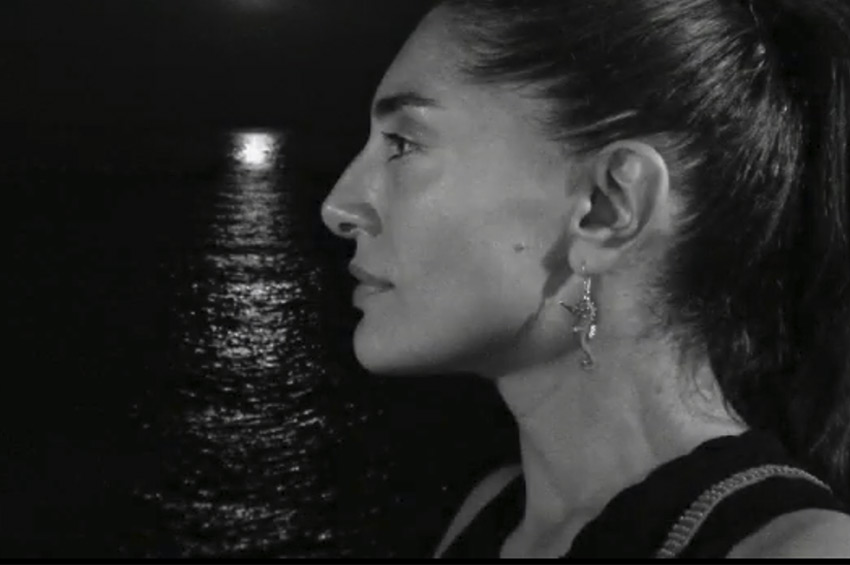
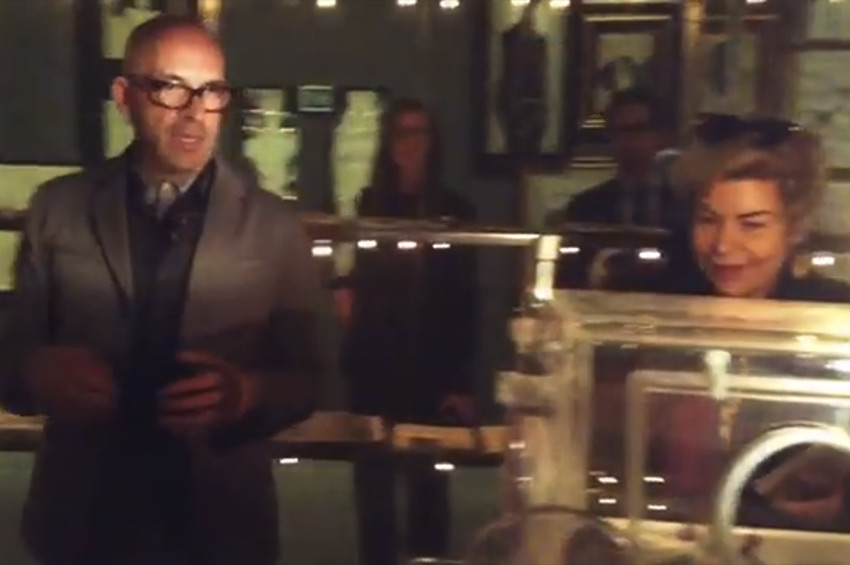
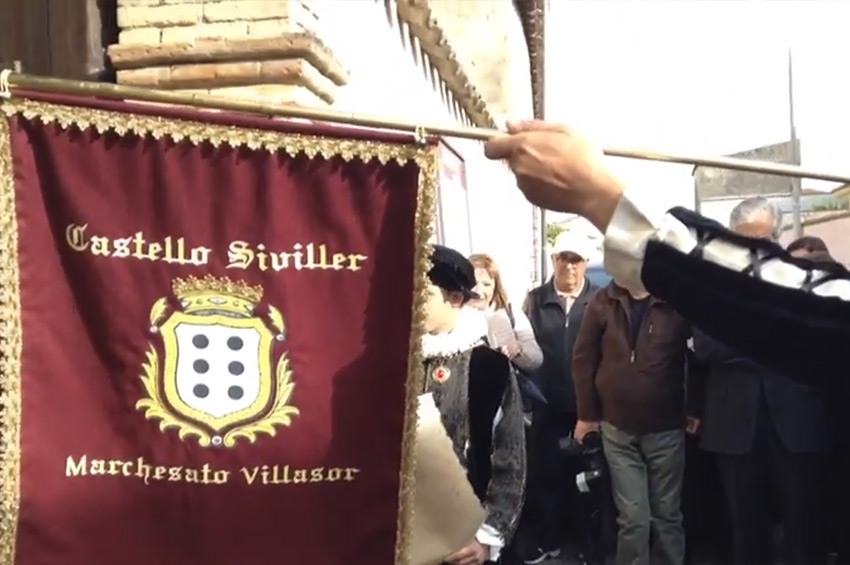
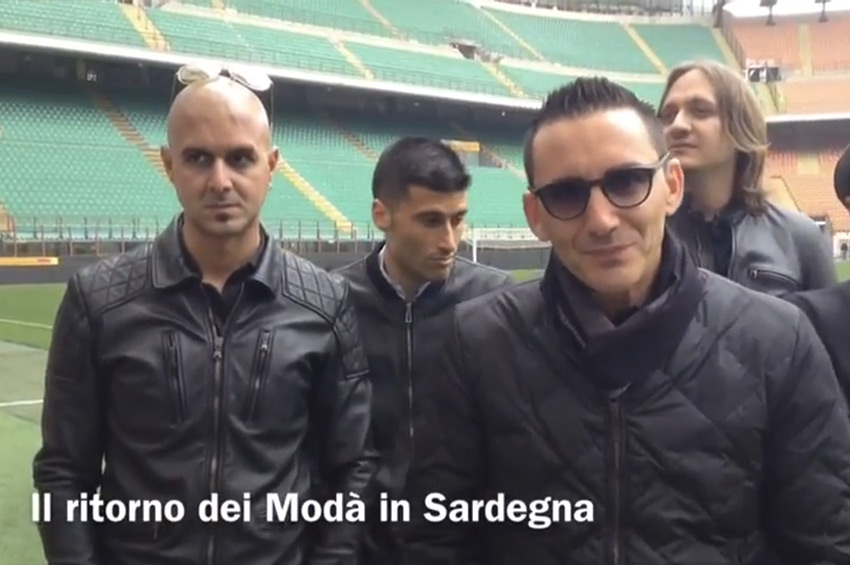

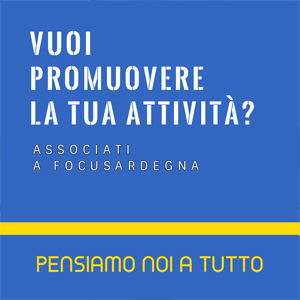

 Share
Share